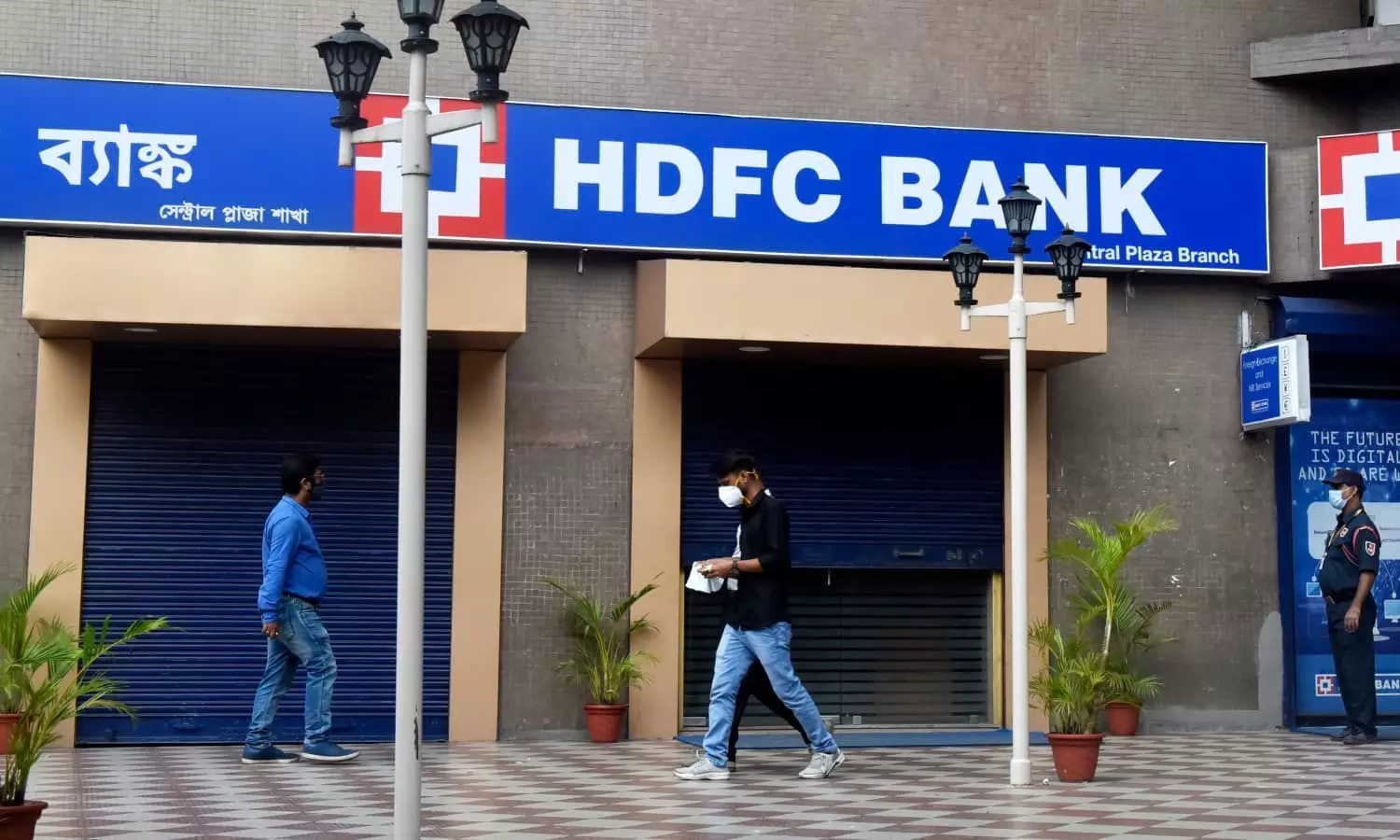HDFC Bank’s strategic move to balance assets and liabilities
Bank’s recent sale of loans has helped reduce its credit-deposit ratio from 105% to 100%, reflecting a strategic move to improve liquidity post its 2023 merger with HDFC Ltd
image for illustrative purpose

HDFC Bank, the country's largest lender by market size, has improved a key financial metric after it sold a chunk of loan. Credit-deposit or CD ratio, a measure of how the bank’s deposits have been monetised to grow its loans, stood at 100 per cent in Q2 as against 105 per cent in March.
The private sector lender had been mulling the sale of a loans portfolio for quite some time. The bank had even approached public sector lenders, non-banking finance companies as well as some insurance companies and asset managers about participating in the sale, said the people, who requested anonymity discussing private conversations.
A measure of how much of a bank’s deposits are being lent out as loans — known as the credit-deposit ratio — has drawn scrutiny from the Reserve Bank of India as that gauge for the nation’s industry stands at a decade high. Selling some of its loan portfolio would go some ways to help HDFC bring that down following an increase in the wake of its 2023 merger with the bank’s parent HDFC Ltd may also aid its liquidity.
No matter if the move was unusual one for HDFC Bank, which had approached the market with such a sale for the first time since the two firms combined.
An email sent to the bank in this context remained unsolicited. Bank has guided for lower than system loan growth for FY25, at or near system loan growth in FY26 and faster than system loan growth in FY27. Management said that they plan to bring down CD ratio faster than they had anticipated before. Talking to Bizz Buzz, Rikin Shah, an analyst from IIFL Securities, said, “Bank will continue to remain aggressive in retail businesses, but in case of nonmortgage retail the growth has moderated due to credit quality issues in the system.” However, bank said that they want to be well positioned in the next 2-3 years for growth when the things for the system changes. Management mentioned that they have grown unsecured retail slower and the retail GNPA is contained at 0.8 per cent, and they also have higher share of high rated customers. We have built 4 per cent loan growth in FY25, 10 per cent in FY26 and 13 per cent
in FY27, he added.
The bank’s shares fell most in a month After Q1 deposits miss. With loans growing significantly faster than deposits in the country, where the economy’s expanding toward 8 per cent, decision makers at banks are under pressure to address potential financial risks that are building. India’s central bank has also asked banks to raise buffers for some consumer loans as it tries to keep a cap on evolving risks.
The banking industry’s credit-deposit ratio stood at 80.3 per cent in March, a decade high, according to RBI data. Bank deposits in India grew 12.6 per cent annually through June 14, compared with 19.2 per cent loan growth, the latest
RBI data show.
“The persisting gap between credit and deposit growth rates warrants a rethink by the boards of banks to re-strategize their business plans,” the Reserve Bank of India said in a monthly bulletin last month. “A prudent balance between assets and liabilities has to be maintained,” it said.
HDFC’s credit-deposit ratio rose as high as 110 per cent after the merger, according to a report by Icra ratings, the local arm of Moody’s Investors Inc. It’s since dropped to 104 per cent at the end of the last fiscal year, though remains above the average of between 85 per cent-88 per cent in fiscal 2021 through fiscal 2023. The firm’s total loans expanded about 53 per cent to 24.87 trillion rupees at the end of June, compared with a 24 per cent expansion in deposits during the
same period.

